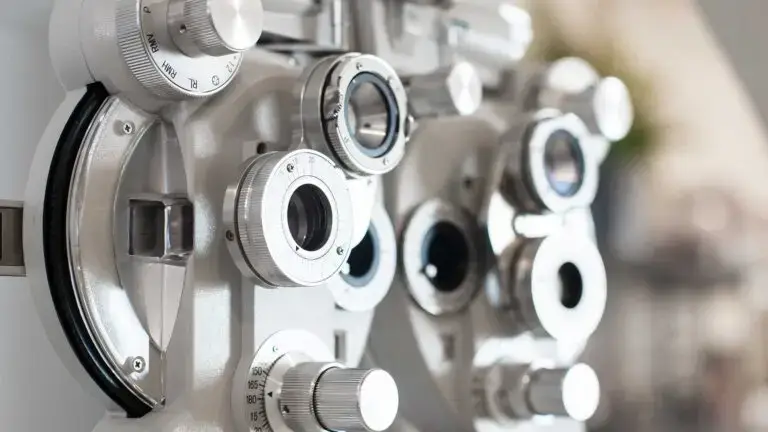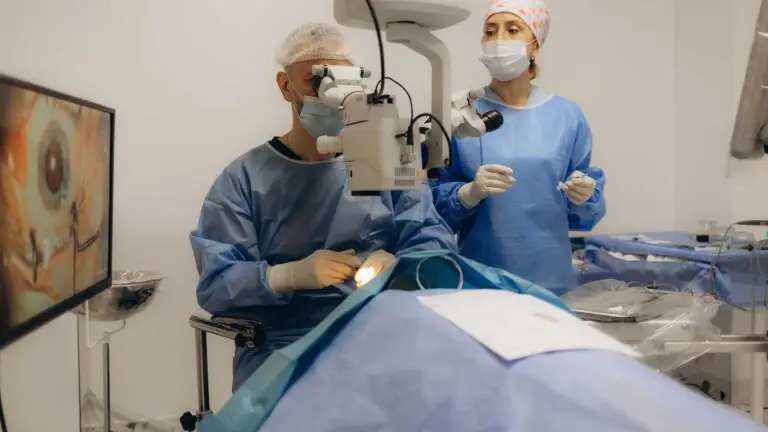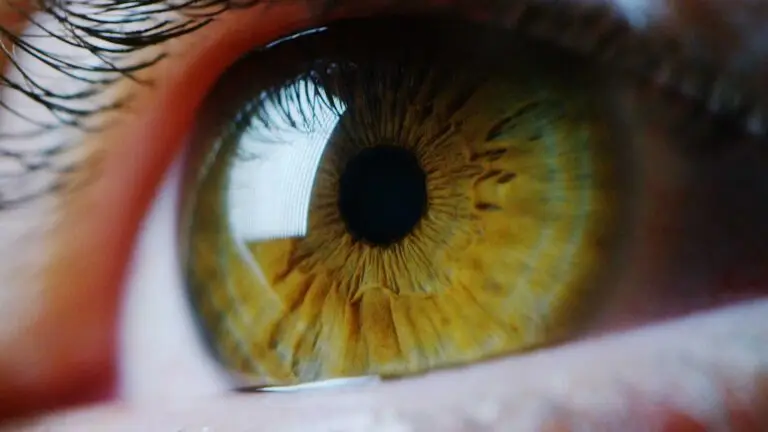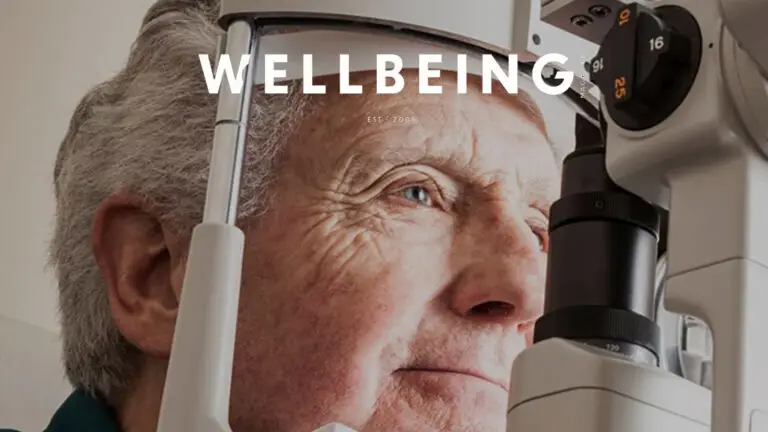
- Medically Reviewed by: Mr Mfazo Hove, Consultant Ophthalmic Surgeon
- Author: Chris Dunnington
- Published: September 17, 2024
- Last Updated: January 7, 2026
Exploring Visual Acuity at Blue Fin Vision® Eye Clinic, London
Welcome to Blue Fin Vision® Eye Clinic, where we pride ourselves on delivering premier eye care services in the heart of London. Understanding visual acuity and its implications for your vision is crucial for maintaining optimal eye health. Today, we delve into a common question: Is 20/20 vision the best?
What is 20/20 Vision?
The term “20/20 vision” is frequently mentioned when discussing visual acuity, but what does it mean? Visual acuity refers to the clarity or sharpness of vision, and having 20/20 vision is considered the standard for normal vision.
- Definition: 20/20 vision means seeing clearly at 20 feet what should normally be seen at that distance.
- Comparison: If someone has 20/30 vision, they see at 20 feet what a person with normal vision sees at 30 feet.
Is 20/20 Perfect Vision?
It’s a common misconception that 20/20 is perfect vision, but this isn’t the case. 20/20 is not perfect vision. Visual acuity better than 20/20 is not only possible but also relatively common. For instance, 20/15 vision means that what you can see at 20 feet, others with normal vision can only see at 15 feet.
Understanding Better Than 20/20
- Sharper than average: Individuals with visual acuity sharper than 20/20 are able to see objects at greater distances more clearly.
- Commonality: It’s estimated that a significant portion of the adult population achieves better than 20/20 vision with corrective lenses or through natural visual acuity.
The Role of Eye Exams
Regular eye exams are crucial, regardless of whether you have 20/20 vision or not. The Blue Fin Vision® Eye Clinic in London emphasises the importance of comprehensive eye examinations.
- Early detection: Eye exams help in the early detection of potential eye diseases that might not yet have symptoms.
- Baseline tests: Starting at age 40, it’s recommended to have baseline eye examinations, as this is when early signs of diseases or changes in vision may begin to appear.

Beyond Clarity: Exploring Comprehensive Vision Factors
Achieving 20/20 vision is often seen as the hallmark of perfect eyesight, but it’s just the beginning of understanding one’s visual wellness. Several other crucial factors contribute to overall visual health, encompassing everything from how we perceive our surroundings to how quickly we can adapt our focus. Let’s delve into these essential components that play pivotal roles in our daily visual experiences.
Components of Comprehensive Vision Assessment:
- Peripheral Vision: This critical aspect involves the ability to perceive and recognise objects outside the central area of focus, or direct line of sight. It’s essential for activities such as driving, sports, and navigating through crowded spaces.
- Depth Perception: Key to assessing the distance of objects, depth perception affects our ability to move through space safely and efficiently. It’s vital for activities like driving, sports, and even simple tasks like walking downstairs.
- Colour Vision: This refers to the ability to distinguish between various colours and hues, impacting how we interpret and interact with the world visually. Colour vision deficiencies can significantly affect one’s learning and navigation capabilities.
- Focus Flexibility: Also known as accommodation, focus flexibility is the eye’s ability to rapidly change focus between objects at different distances. This flexibility is crucial for tasks such as switching focus between a dashboard and the road while driving or looking from a book to a chalkboard.
- Near Vision: Assessed using the N or J Charts, near vision testing determines how well you can see objects that are close. It’s particularly important for reading, crafting, and other activities that require close focus.
- Contrast Sensitivity: Utilising the Pelli-Robson chart, this measurement aids in understanding how well your eyes can perceive differences between light and dark. This ability is crucial in low-light conditions and affects how you navigate spaces and recognise faces.
- Reading Speed: Measured with the MN Reading Chart, reading speed assessment helps gauge how efficiently you can read and process written information. This measurement is essential for effective learning and managing daily tasks that involve reading.
Vision Changes Over Time
Visual acuity can change as you age, often diminishing slightly. Conditions like presbyopia, where near vision worsens due to the hardening of the lens in the eye, are common as individuals enter their 40s and beyond.
Addressing Presbyopia:
- Reading Glasses: These may be necessary to correct near vision issues.
- Bifocals: These lenses have two different optical powers to aid both close and distant vision.
Conclusion: Is 2020 Vision Good?
While 20/20 vision is a benchmark for normal visual acuity, it’s not the pinnacle of visual excellence. Better visual acuities exist, and more components contribute to overall eye health. At Blue Fin Vision® Eye Clinic in London, we are committed to enhancing your vision and ensuring your eyes are healthy for years to come.
Maintain your eye health and book an appointment with us to explore all aspects of your vision and eye care needs.


